Have you ever watched a snake enter a new area and noticed how its tongue flicking behavior suddenly changes? This fascinating adaptation isn’t just random—it’s a sophisticated information-gathering system that helps these legless reptiles navigate and understand their surroundings. When snakes encounter unfamiliar territory, their tongue-flicking patterns shift dramatically, becoming more frequent and methodical. This behavioral change represents one of nature’s most elegant sensory solutions, allowing snakes to create a detailed chemical map of their environment without relying on conventional senses like vision or hearing. In this article, we’ll explore the science behind this remarkable behavior and discover why snake tongues tell us so much about how these animals perceive and interact with their world.
The Basic Anatomy of a Snake’s Tongue
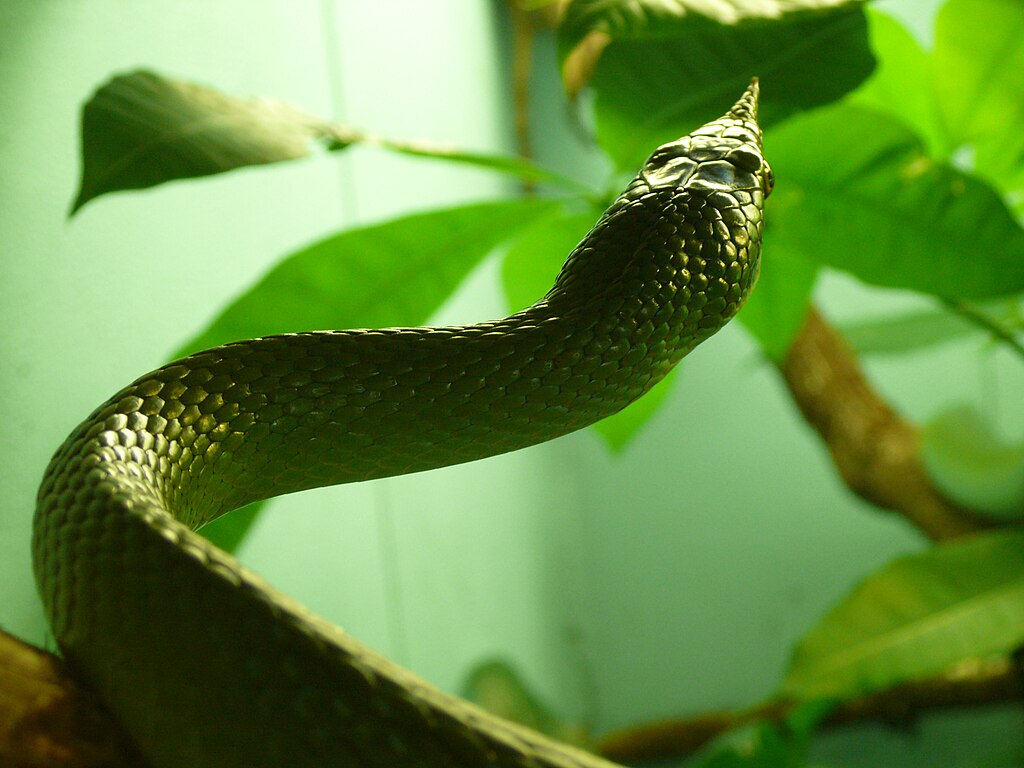
A snake’s tongue is a marvel of evolutionary design, specialized specifically for chemosensory functions rather than for tasting food as in humans. Unlike our thick, muscular tongues, a snake’s tongue is thin, forked, and extremely flexible, allowing it to sample airborne particles with remarkable precision. The distinctive fork in a snake’s tongue isn’t just for show—this bifurcation creates two independent sampling points that help the snake determine the directional source of chemical signals. Connected to the floor of the mouth rather than the throat, the tongue’s base contains specialized muscles that allow for the lightning-fast extension and retraction we associate with snake behavior. When not in use, the tongue retracts into a special sheath called the lingual sheath, protecting this delicate sensory organ when the snake is at rest or eating.
The Vomeronasal System: A Second Sense of Smell
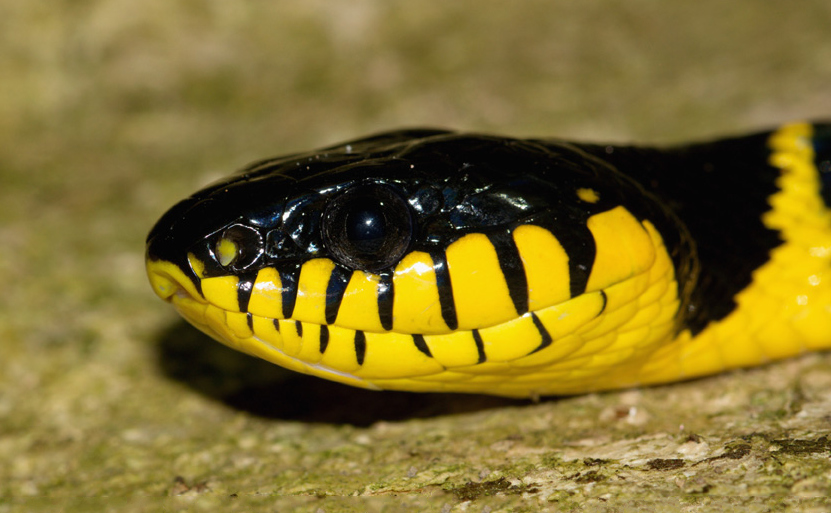
Unlike humans, who primarily rely on their nasal passages for smelling, snakes employ a specialized sensory system called the vomeronasal or Jacobson’s organ. This remarkable structure consists of two small fluid-filled sacs located in the roof of the mouth, behind the snake’s nostrils. When a snake flicks its tongue, it collects tiny particles from the air and ground, then draws its tongue back into its mouth and inserts the tips into the openings of the Jacobson’s organ. Inside this specialized structure, sensitive cells analyze these chemical samples, sending detailed information directly to the snake’s brain. This system is so sensitive that snakes can detect chemical gradients in their environment that would be completely imperceptible to humans. The vomeronasal system operates independently from the snake’s regular sense of smell, essentially giving these reptiles two different ways to chemically analyze their surroundings.
The Science of Tongue Flicking Frequency

Researchers have documented significant changes in tongue-flicking behavior when snakes encounter novel environments. In familiar territory, a snake might flick its tongue at a leisurely rate of perhaps 2-3 times per minute, gathering basic information about its surroundings. However, when introduced to a new environment, this rate can increase dramatically to 10-12 flicks per minute or even more, representing a 300-400% increase in chemosensory sampling. This heightened tongue-flicking isn’t random but follows specific patterns designed to maximize information gathering. During active exploration of new areas, snakes often employ what biologists call “searching behavior,” where tongue flicks become not only more frequent but also more directional and targeted. Studies using high-speed photography have revealed that these increased flicking rates allow snakes to create a more detailed and continuous chemical picture of unfamiliar surroundings as they move.
Directional Tongue Flicking Patterns

In new environments, snakes don’t just flick their tongues more frequently—they also change the directionality and pattern of these movements. When navigating familiar territory, snakes typically employ relatively straightforward tongue flicks directly in front of them. However, upon entering unfamiliar spaces, many species switch to a systematic side-to-side scanning pattern, effectively creating a wider sampling area. This behavior allows the snake to build a more comprehensive chemical map of the new territory. The forked nature of the tongue becomes particularly crucial during these exploratory periods, as each tine can sample a slightly different area, allowing the snake to detect subtle chemical gradients. Research has shown that this directional tongue flicking is not random but follows specific patterns that maximize the snake’s ability to locate prey, detect predators, or find suitable habitat in the new environment.
How Different Snake Species Vary Their Tongue Behavior

The specific patterns of tongue-flicking behavior in new environments vary significantly between snake species, reflecting their diverse ecological adaptations. Highly visual hunters like many arboreal vipers may exhibit less dramatic changes in tongue-flicking rates compared to fossorial (burrowing) species that rely almost exclusively on chemical sensing to navigate their world. Rattlesnakes, for example, often combine increased tongue flicking with a characteristic head-bobbing motion when exploring new areas, which helps them build a three-dimensional chemical map while simultaneously using their heat-sensing pit organs. Water snakes display specialized tongue-flicking behaviors that allow them to sample both water and air simultaneously when investigating unfamiliar aquatic environments. Some species, like king cobras, even show different tongue-flicking patterns depending on whether they’re exploring for prey or searching for potential mates, demonstrating the remarkable sophistication of this sensory system.
The Role of Stress and Vigilance
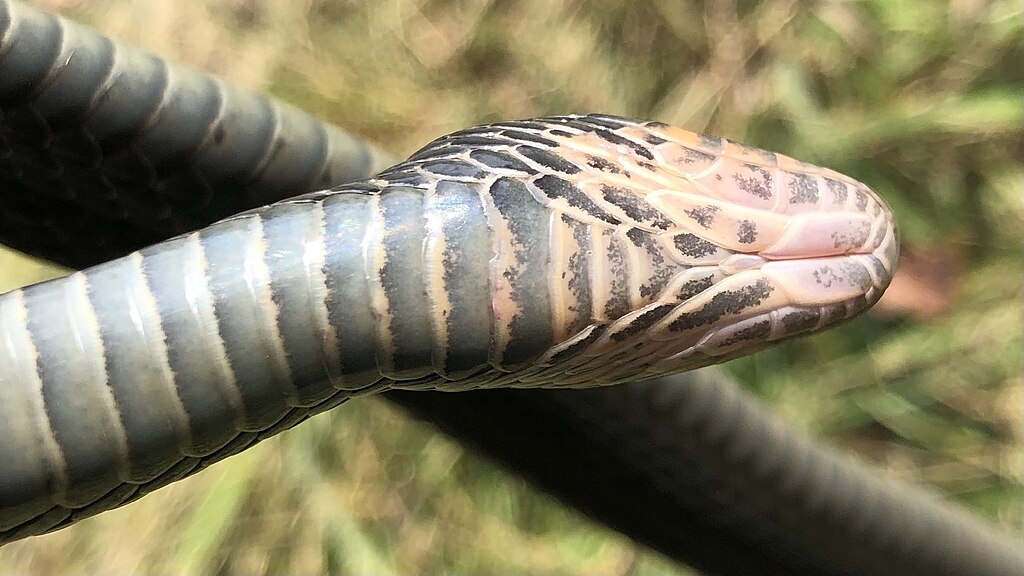
The increased tongue-flicking behavior observed in new environments isn’t solely about information gathering—it also reflects heightened vigilance and stress responses. When a snake finds itself in unfamiliar territory, its threat assessment systems activate, triggering physiological changes including increased heart rate and more intense sensory sampling. This stress response manifests behaviorally as more frequent and extensive tongue flicking as the snake attempts to rapidly determine whether the new environment contains dangers. Research using heart rate monitors and hormone sampling has confirmed that tongue-flicking frequency correlates directly with stress hormone levels in many snake species. Interestingly, captive-bred snakes often show less pronounced changes in tongue-flicking behavior in novel environments compared to their wild counterparts, suggesting that this vigilance response has both learned and innate components.
Navigating Through Chemical Gradients
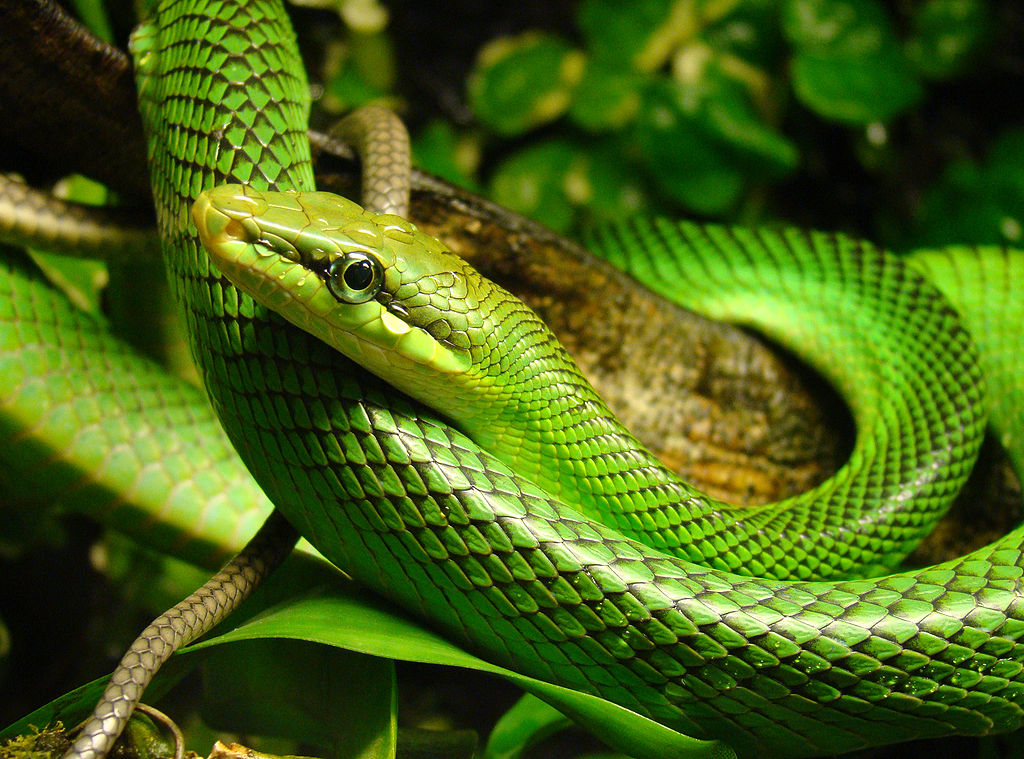
One of the most sophisticated aspects of a snake’s tongue-flicking behavior in new environments is its ability to follow chemical gradients with remarkable precision. As a snake moves through unfamiliar territory, it can detect minute changes in chemical concentration, essentially following invisible trails that lead to resources or away from threats. This gradient-following behavior becomes particularly evident when tracking potential prey, as the snake will systematically increase tongue-flicking frequency when moving in directions that strengthen the chemical signal. Researchers studying this behavior have found that snakes can detect and follow chemical trails left by prey animals days or even weeks earlier, demonstrating the extraordinary sensitivity of their chemosensory system. In laboratory maze tests, snakes deprived of visual cues can successfully navigate complex pathways using only chemical information gathered through their pattern of tongue flicks.
The Interplay Between Vision and Tongue Flicking

While tongue flicking is central to a snake’s perception of new environments, it doesn’t operate in isolation from other sensory systems. Most snake species integrate chemical information with visual cues to build a comprehensive understanding of unfamiliar surroundings. In brightly lit environments, species with good vision may primarily use sight for initial assessment, followed by increased tongue flicking for chemical confirmation of what they see. Conversely, in low-light conditions or for primarily nocturnal species, tongue flicking takes precedence, with vision playing a secondary role. This sensory integration is particularly apparent during predatory behavior in new environments, where snakes often exhibit a characteristic sequence: visual detection, confirmation through increased tongue flicking, and then strike orientation based on the combined sensory information. Research using sensory blocking experiments has demonstrated that most snakes perform poorly in new environments when either vision or chemosensation is compromised, highlighting the complementary nature of these systems.
Tongue Flicking for Threat Detection
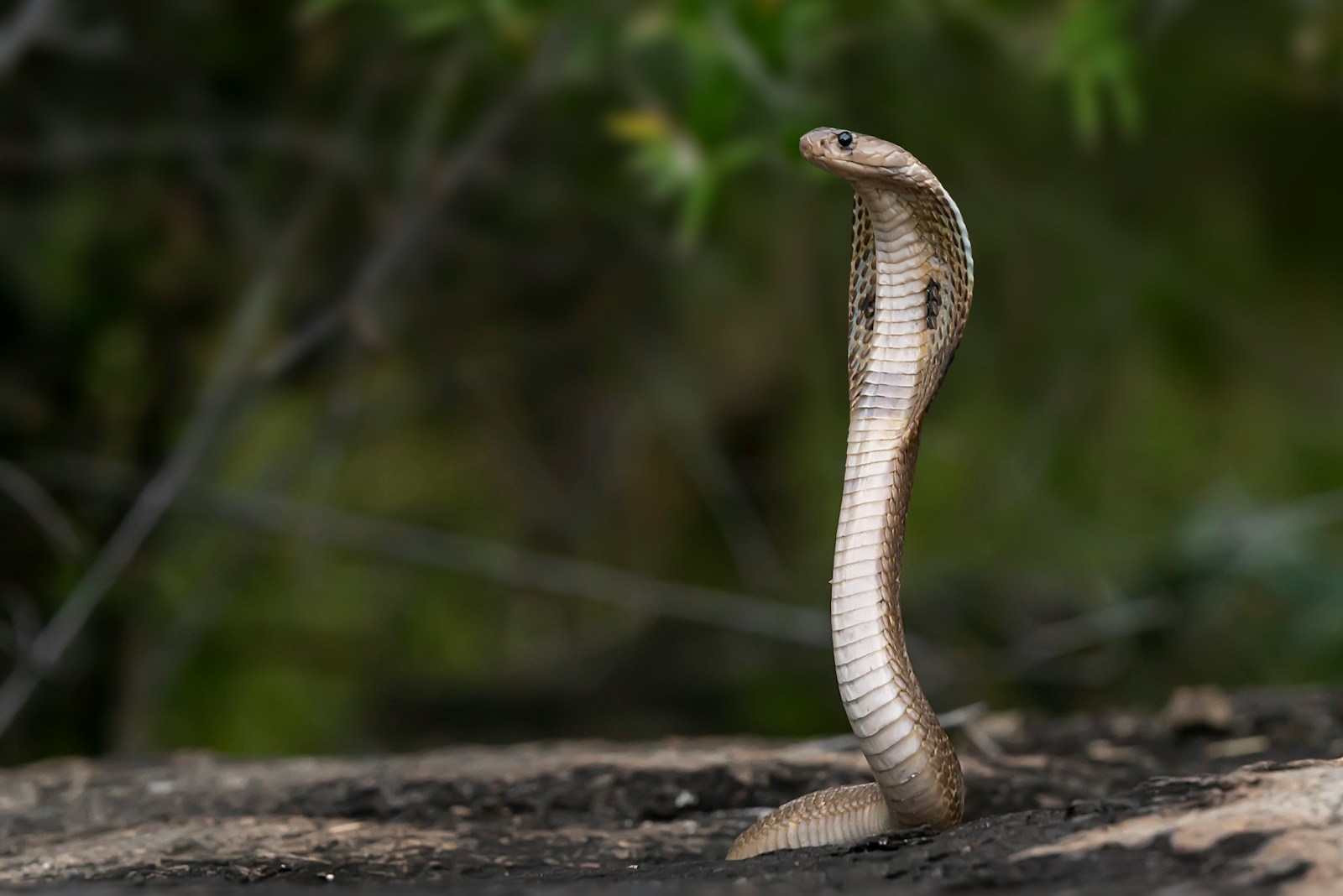
In unfamiliar environments, a significant portion of a snake’s increased tongue-flicking behavior is dedicated specifically to threat detection. Snakes have evolved exquisite sensitivity to the chemical signatures of potential predators, and this system becomes hyperactive when the reptile finds itself in unknown territory. When a snake detects predator chemicals in a new environment, it often exhibits distinctive defensive tongue-flicking patterns characterized by shorter, more rapid flicks combined with defensive posturing. This specialized threat-assessment behavior allows the snake to gather critical information about the nature, proximity, and number of potential threats before committing to either defensive or escape behaviors. Studies with captive snakes have shown that individuals exposed to predator scents in new environments show up to five times more tongue flicks than those in predator-free novel settings. Remarkably, many snake species can distinguish between the chemical signatures of predators that have recently fed on snakes versus those that have consumed other prey, allowing for highly nuanced threat assessment.
Territorial and Reproductive Chemical Sampling
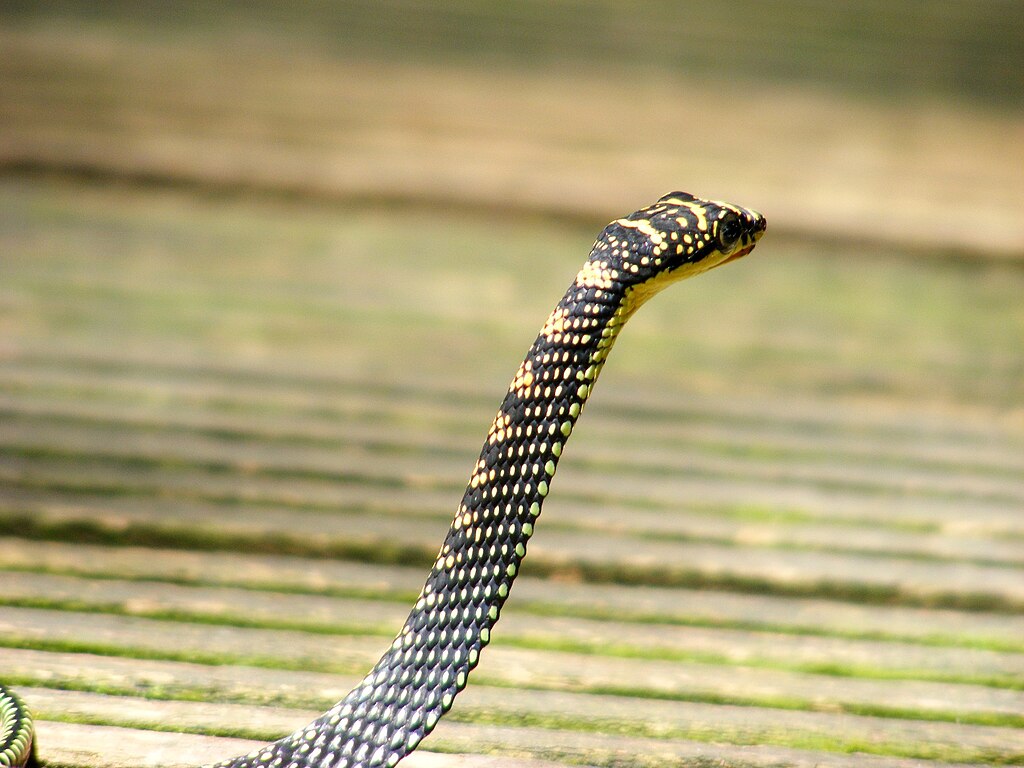
Beyond simple navigation and threat detection, snakes in new environments use specialized tongue-flicking behaviors to assess territorial and reproductive opportunities. When male snakes enter unfamiliar areas during breeding season, they exhibit characteristic tongue-flicking patterns specifically designed to detect the pheromone trails of receptive females. This reproductive sampling behavior often features deeper, more prolonged tongue flicks that maximize contact with substrate-bound chemical signals. Similarly, when snakes enter territories potentially occupied by conspecifics (members of the same species), they employ distinctive sampling patterns to detect and assess territorial markers. These social chemical investigations become particularly important for species that maintain loose territories or that aggregate seasonally at communal sites like hibernacula. Researchers studying rattlesnakes have documented how males can detect the passage of a receptive female through an area even days later, following these chemical trails with remarkable precision using specialized tongue-flicking techniques.
Learning and Memory in Tongue-Flicking Behavior
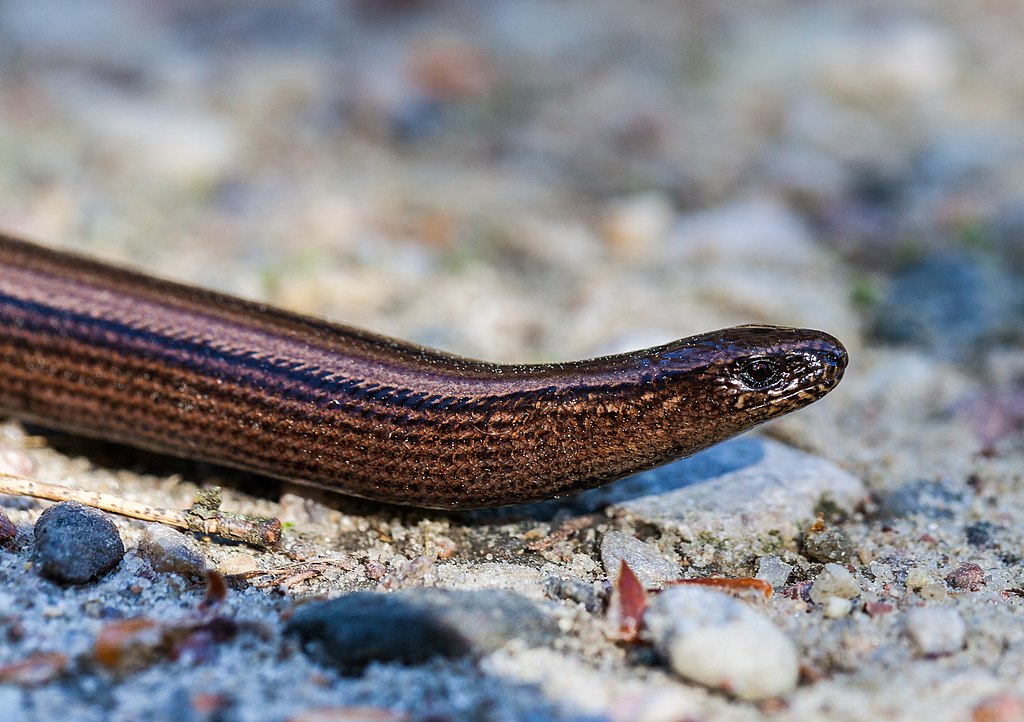
A snake’s tongue-flicking behavior in new environments isn’t purely instinctual—it also reflects sophisticated learning and memory processes. As a snake becomes familiar with initially novel surroundings, its tongue-flicking pattern gradually changes, becoming more targeted and efficient. This behavioral shift represents the formation of a chemical memory map that allows the snake to focus its sensory attention on the most informative aspects of the environment. Captive studies have shown that snakes repeatedly exposed to the same “novel” environment will show progressively less intense tongue-flicking responses over time, eventually reverting to patterns typical of familiar territory. However, this habituation is highly specific—changing even small aspects of the environment will trigger renewed exploratory tongue flicking. Long-term studies of wild snakes have demonstrated impressive spatial memory, with individuals able to recognize and respond differently to areas they haven’t visited for months or even years, suggesting that chemical memories formed through tongue flicking can persist for extended periods.
The Impact of Environmental Factors on Tongue Flicking
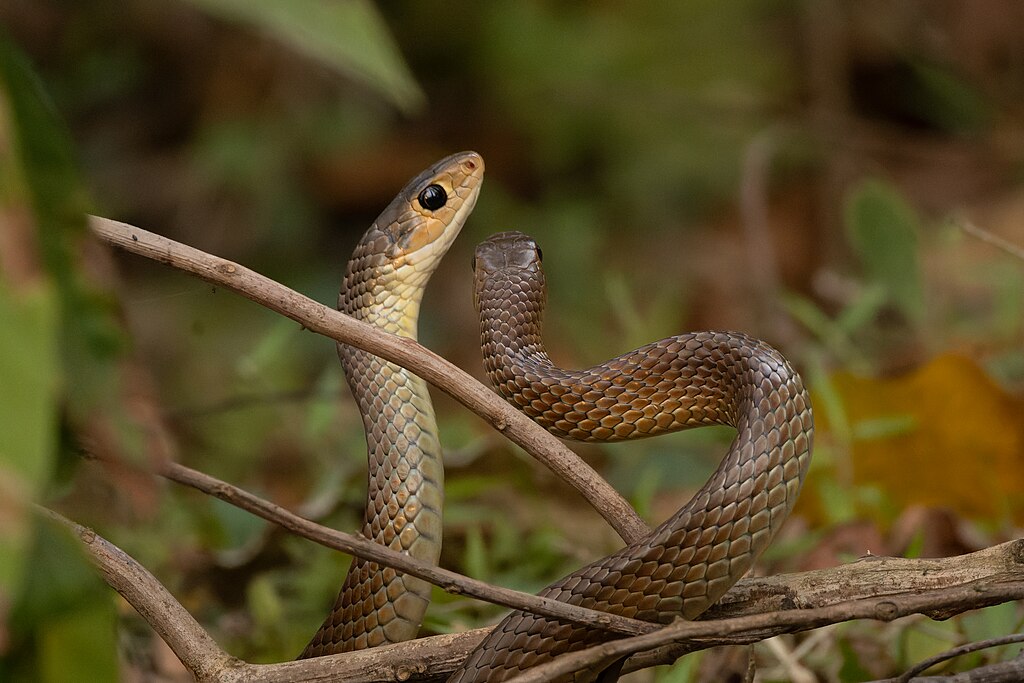
The specific nature of a new environment dramatically influences how snakes modify their tongue-flicking behavior. In structurally complex environments with many potential hiding places, snakes typically exhibit more frequent and thorough tongue flicking, particularly directed toward crevices and other restricted spaces that might harbor prey or threats. Temperature also plays a crucial role, with most species showing more active and frequent tongue flicking in warmer new environments, reflecting their increased metabolic rate and activity level. Humidity levels significantly affect tongue-flicking behavior as well, as the moisture content of the air impacts how efficiently the tongue can collect chemical particles. Researchers have observed that many desert-adapted species modify their tongue-flicking technique in extremely dry new environments, using shorter, more rapid flicks that minimize moisture loss from the tongue surface while still gathering essential chemical information.
Practical Applications and Conservation Implications

Understanding how snakes modify their tongue-flicking behavior in new environments has significant practical applications in both conservation and captive management contexts. Wildlife managers use knowledge of species-specific chemosensory behaviors to design more effective relocation programs, creating chemical familiarity in release sites to reduce stress and improve survival rates of translocated snakes. In captivity, zookeepers and private reptile keepers can monitor changes in tongue-flicking patterns as sensitive indicators of stress or health issues before other symptoms become apparent. Conservation researchers also use artificial chemical cues to influence snake behavior in the wild, such as deploying predator scents to discourage endangered snakes from entering dangerous areas. Perhaps most interestingly, the study of snake chemosensory systems has inspired the development of biomimetic chemical sensors that replicate aspects of the remarkable sensitivity and specificity of the snake’s vomeronasal system—proving once again that nature’s designs often provide templates for human innovation.
Conclusion

The specialized tongue-flicking behavior that snakes display in new environments represents one of nature’s most elegant solutions to the challenge of perceiving and navigating the world. Far from being a simple reflexive action, this behavior demonstrates the sophisticated sensory capabilities that have evolved in these remarkable reptiles. By increasing flicking frequency, altering directional patterns, and integrating chemical information with other senses, snakes create detailed mental maps of unfamiliar territories that guide their every decision—from finding prey and avoiding predators to locating mates and establishing territories. As we continue to study and understand these behaviors, we gain not only insight into snake biology but also a deeper appreciation for the diverse ways that different animals perceive and interact with the same world we inhabit. The next time you observe a snake’s flickering tongue, remember that you’re witnessing not a simple reflex but a complex sensory system gathering information in ways humans can barely imagine.





